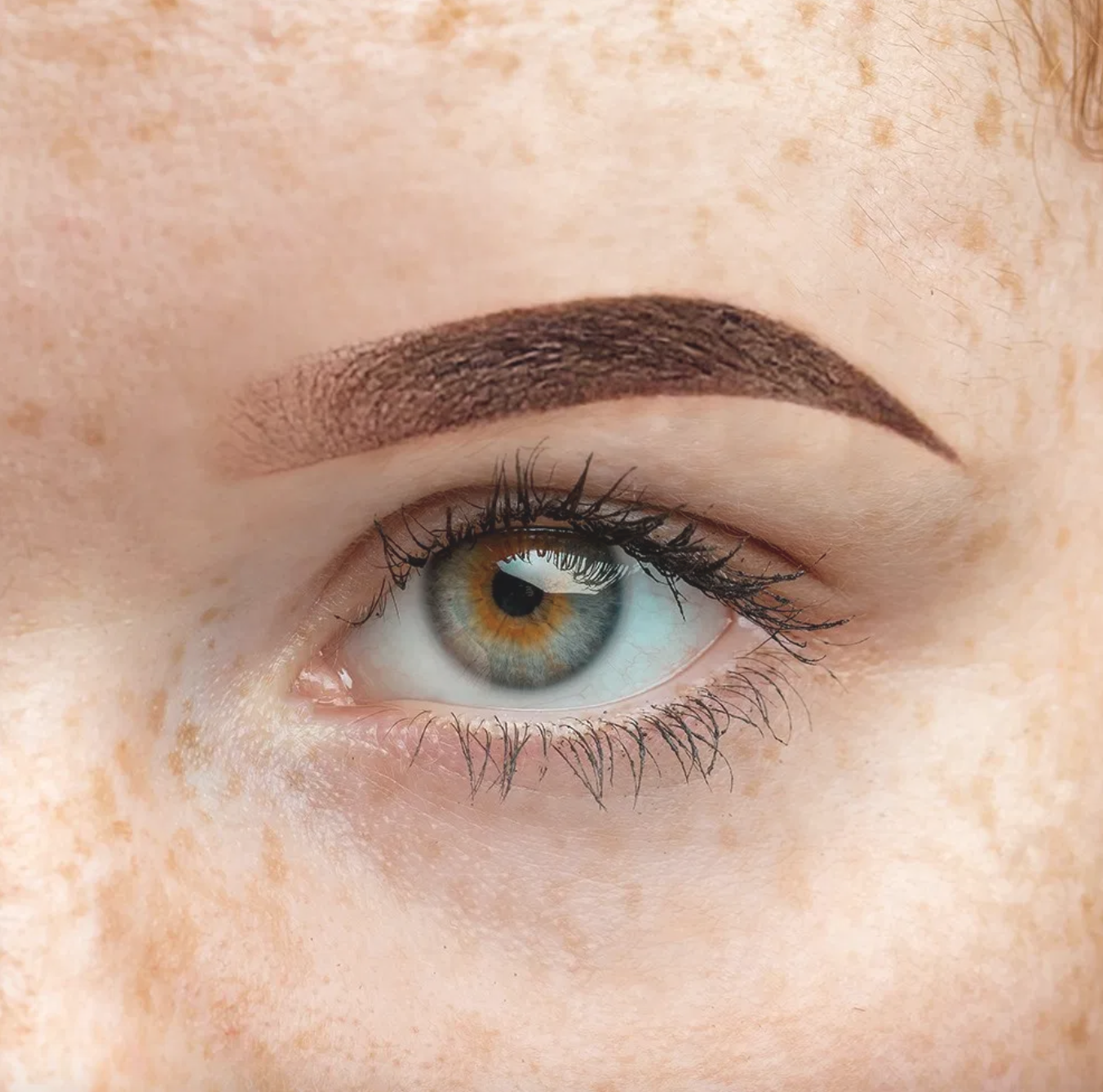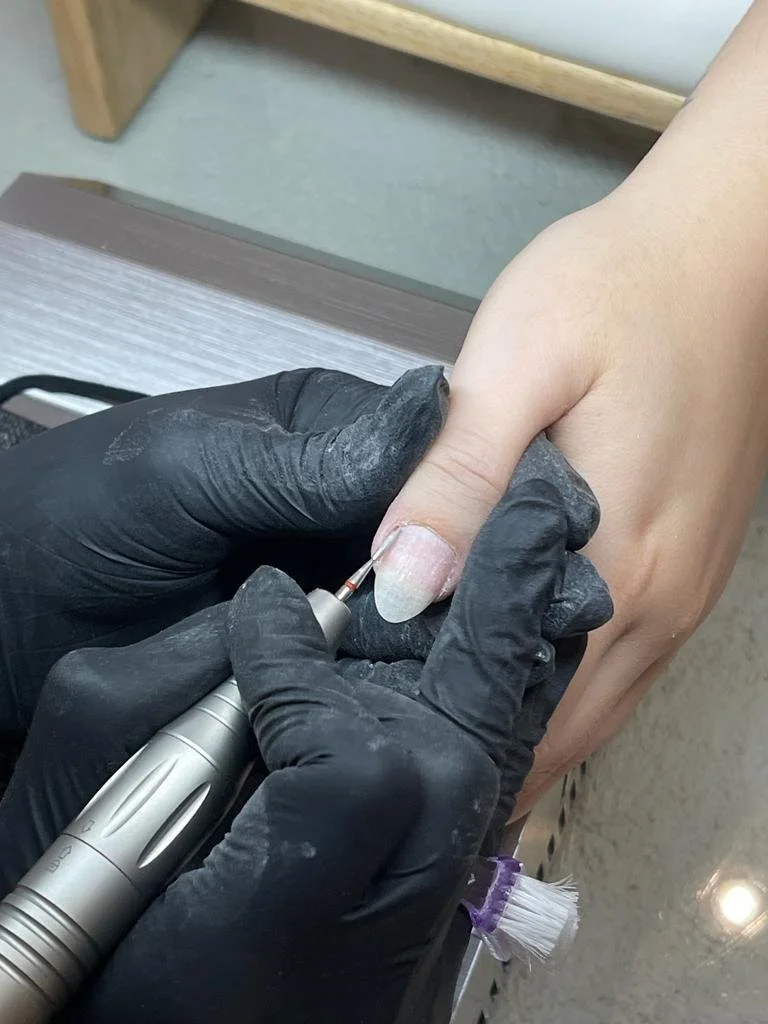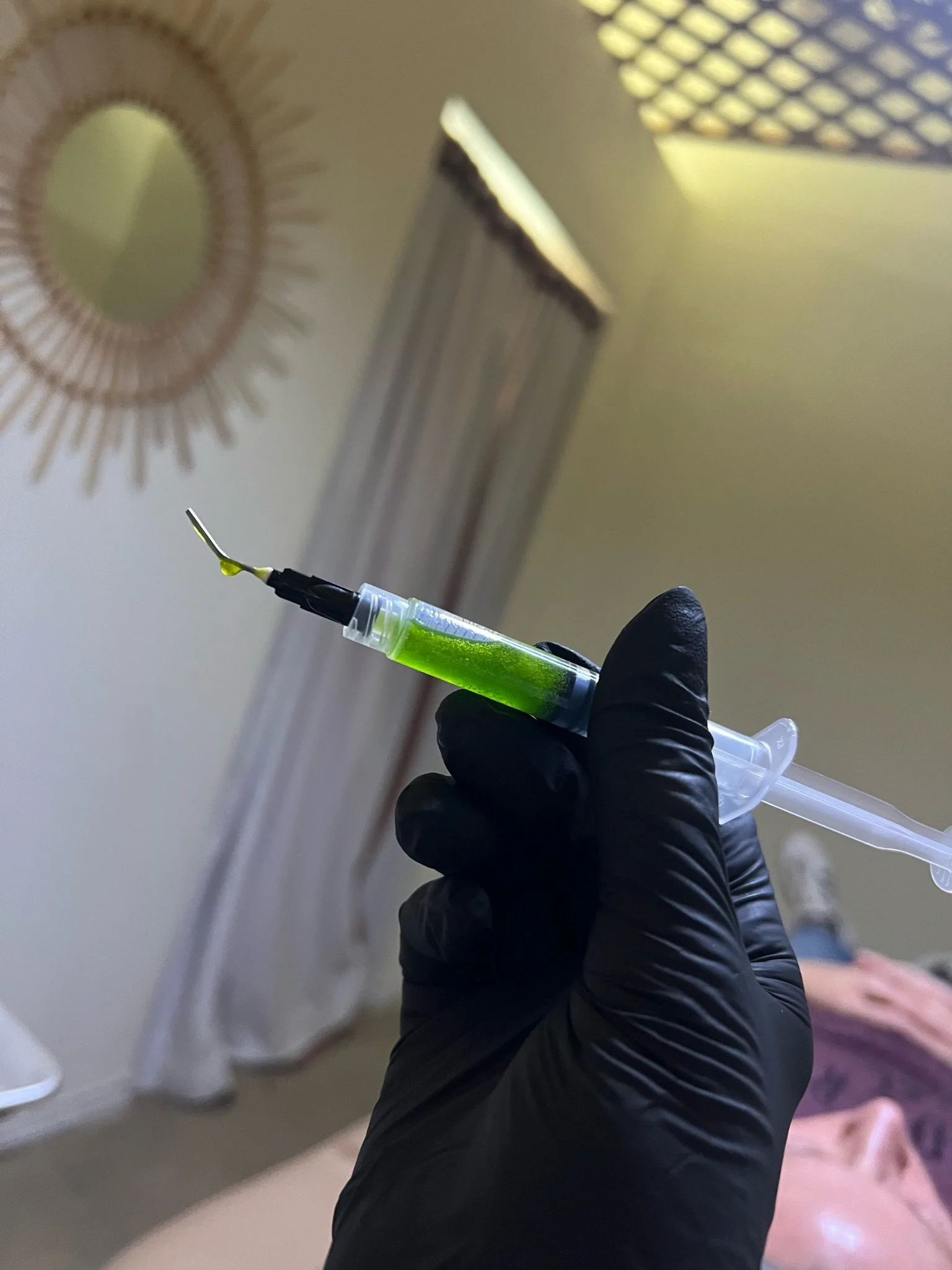Permanent Makeup - Microblading, Microshading, & Lip Blushing
what’s the difference?
The massive explosion in the popularity of cosmetic tattooing, a.k.a, permanent makeup as a beautiful beauty solution is exciting for permanent makeup artists! However, the definitions of the terms semi-permanent makeup, permanent makeup and microblading can cause a great deal of confusion for potential clients. Truthfully, even permanent makeup and microblading clients who have had treatments, often get the terms mixed up.
Firstly, semi-permanent makeup and permanent makeup are technically the same thing. Secondly, microblading is both different and the same on a couple of counts. This will be explained in this blog post. When you are finished reading not only will you understand the similarities and differences between permanent makeup and microblading, you will also understand the process.
To start with, let’s just say that semi-permanent makeup, permanent makeup and microblading all fall under the umbrella term, cosmetic tattooing. Tattooing is the art of implanting colored ink into the skin using a manual tool or tattoo machine. The result is long term and, for the most part, permanent. Cosmetic tattooing is the same process, but is done with the sole purpose of implanting ink that replicates cosmetics, such as eyebrows, eyeliner, and lipstick. This is a short and sweet definition, because cosmetic tattooing (permanent makeup and microblading) is much more complex and, thanks to advances in techniques and technology, is now very elegant, precise, and natural looking.
Now let’s parse out the terms semi-permanent makeup and permanent makeup. This is where the greatest confusion lies in the way of semantics. In short, there really is no such thing as semi-permanent makeup. When ink, which is known as pigment to permanent makeup and microblading artists, is implanted into the skin, when done correctly, most of the ink/pigment particles remain there permanently. What makes some want to use the term semi-permanent makeup is that cosmetic tattooing fades. In fact, it tends to fade faster and greater than body tattoos. Having said that, fading aside, pigment particles do remain in the skin, so the term semi-permanent can be misleading. Furthermore, not all permanent makeup treatments completely fade and in the case of eyeliner and lip cosmetic tattooing the treatment can last a very long time. Permanent makeup on the brows tends to be the one cosmetic tattoo treatment that lasts the least amount of time and the longevity depends on the technique.
So, that brings me to microblading. Microblading is exclusively a brow technique. Yes, indeed, there are photos circulating of it being done on the scalp and even the pubic area. These are not treatments done, or even approved of by this artist, due to the fact that healed results are very unattractive. Microblading is done with a manual tool that isn’t at all a blade, but a series of very small needles bound together closely. With ink on the tip of this needle configuration an artist carefully tattoos a very fine, crisp and precise “curved line” into the skin. The final appearance is almost indistinguishable from a single brow hair. This movement is repeated over the entire brow and the result is a natural looking eyebrow. This is the beauty of microblading, which is simply a specific permanent makeup (cosmetic tattoo) technique.
Let’s recap: Semi-permanent makeup, permanent makeup and microblading are all ways of referring to cosmetic tattooing, Semi-permanent makeup and permanent makeup are the same. Microblading is a permanent makeup brow technique done with a manual tool that creates hyper-realistic looking brow hairs.
So now, why does permanent makeup and microblading fade and sometimes entirely disappear after a period of time?
Well, if you consider that microblading is a very specific technique done as very fine, crisp strokes, the ink/pigment particles are not widely dispersed as they would be with a high powered tattoo machine. Then, it must be understood that all permanent cosmetic treatments “shrink” as they heal and this is because the liquid ingredients in the ink, that permit the artist to get it into the skin, get safely washed out of the body and the residue is what remains. Also, if you consider the technique of microblading, when it is already a very fine hair stroke, any shrinking is going to make it look completely absent within about 12 to 18 months—-in general.
On another note, no matter the technique, permanent makeup artists must always use shades of brown for eyebrows. Since brown is a composition of other colors, each individual color will fade in the skin at a different rate. For example, yellow is a very weak color and is generally the first to fade.
The best way to visualize what I mean by this is to get out some dollar store water colors and mix up some shades of brown yourself. You will see the proportions of yellow, red and black that make up intense browns versus soft browns.
I’m sure you’re asking by now…..if it is the same as traditional tattooing why have my other tattoos held strong while my brows have faded? Great question!!!
It is answered simply by asking this….what is the one part of the body that is almost never covered? You guessed it!! Your face.
Sun exposure, pollution, free radicals, skin care regimen, skin type and condition, supplements, medicines, health issues, lifestyle choices such as smoking, alcohol and cannabis use, and even the formulation of the ink (see my frequently asked questions) all play a role in the “fade factor”. Furthermore, quite often conventional tattoos are either black (a very strong color) or a variety of other vibrant colors, many of which are not compositions of other colors and are most often not brown (go back to the water color experiment to see what I mean). However, keep in mind that indeed all the factors named above, ALSO affect the longevity of conventional tattoos. They do fade. They do lose contour and definition over time. They do need touch ups too.
In my permanent makeup and microblading practice I use iron oxide pigments. These are known to be very safe, innocuous and harmless. Because of their composition they do tend to fade faster than other types of ink that contain ingredients which may stay in the skin much longer, but also develop discoloration over time. On top of this, I also realize that the style of brow you have chosen today, may not be the one you want 5 years from now. I do not want to be the artist you blame when you want to change the style but can’t because the saturation and/or discoloration remains far longer than you planned for.
However, what I also promise in my practice is a beautiful treatment that will remain true and for long enough that you get what you came to me for….a solution to your morning routine; a set of brows that you had once but lost over time; a confidence and beauty boost.
If you love your permanent makeup or microblading look, keep it vibrant with regular annual retouches. You now know why fading occurs and what to do to keep your treatment looking fresh and natural and elegant. Considering the alternative, as in being burdened with heavily saturated brows that have changed color, the “fade factor” is actually a good thing.
This is my commitment to you, as your permanent makeup and microblading artist.




